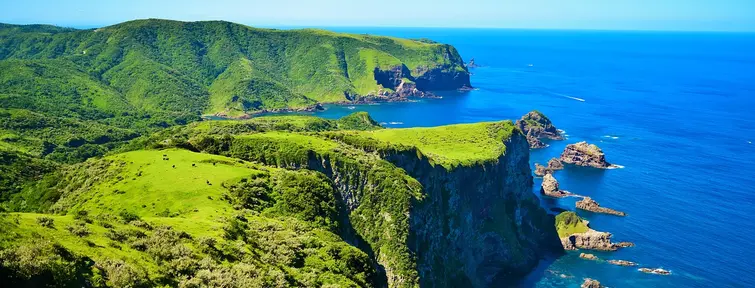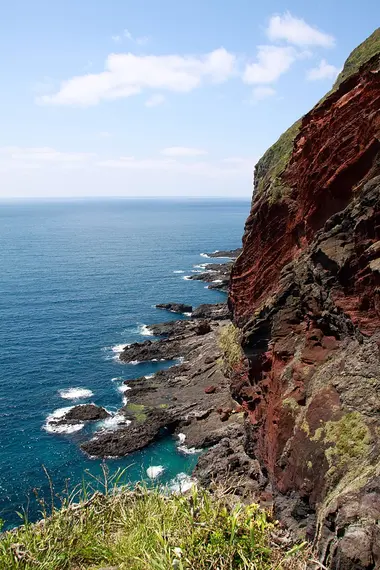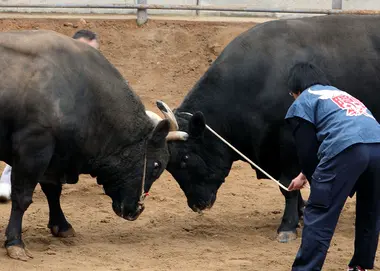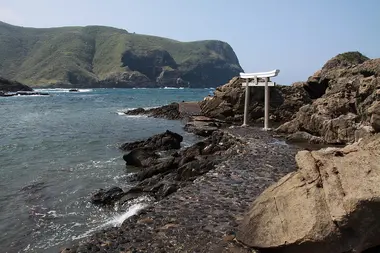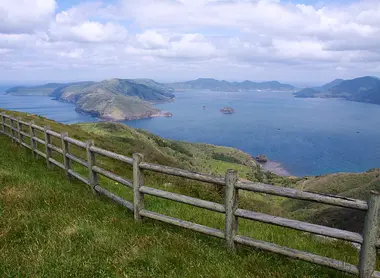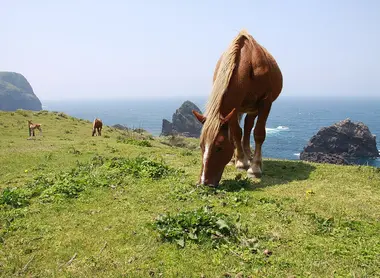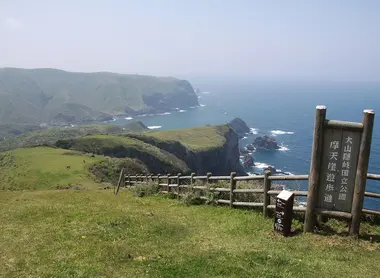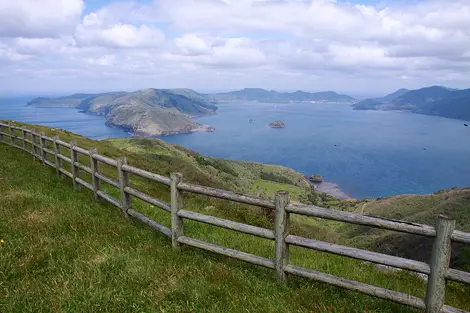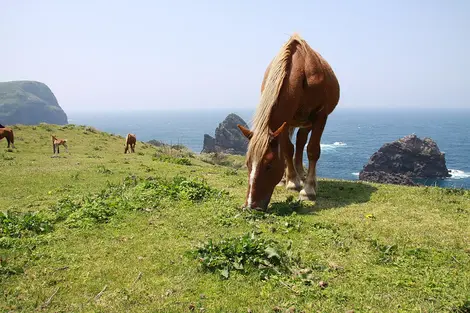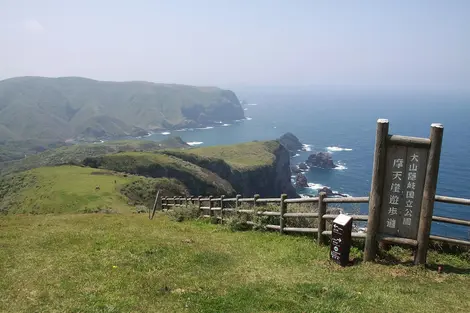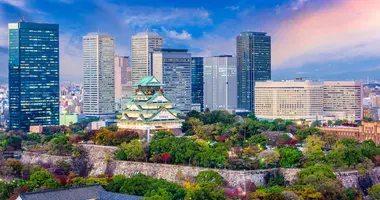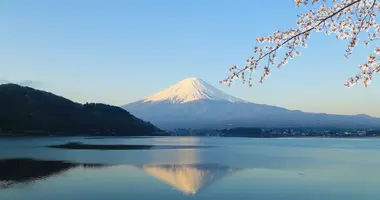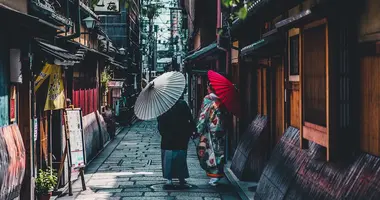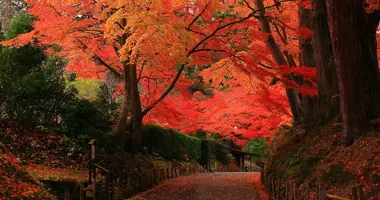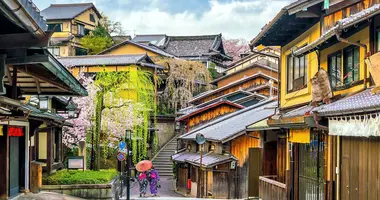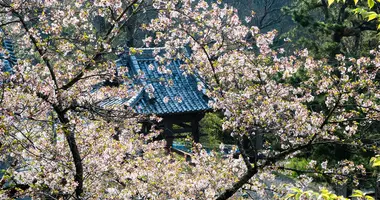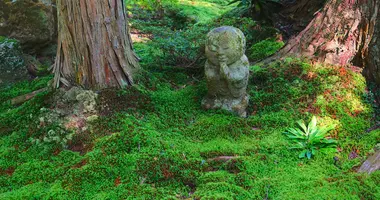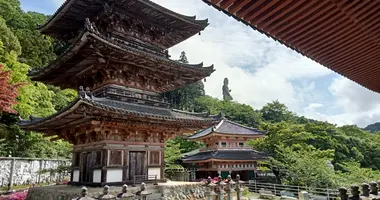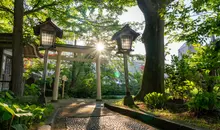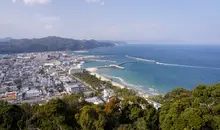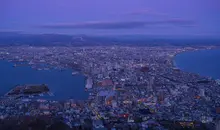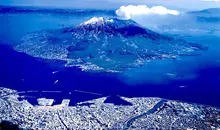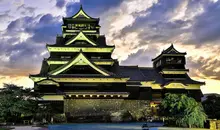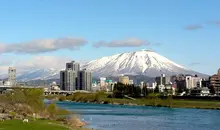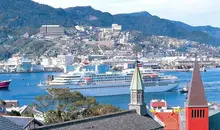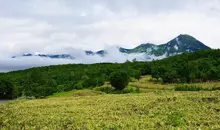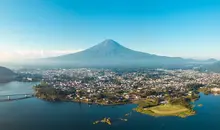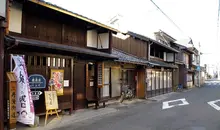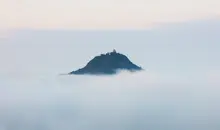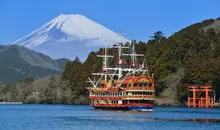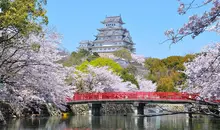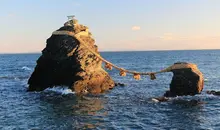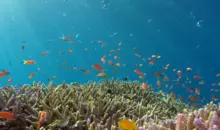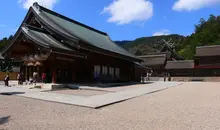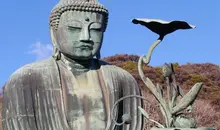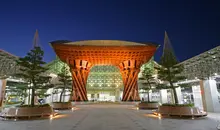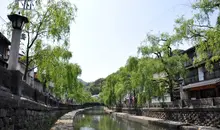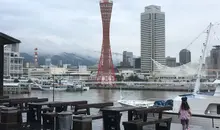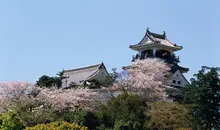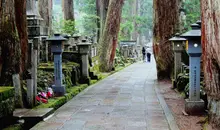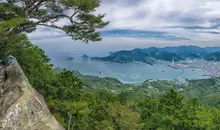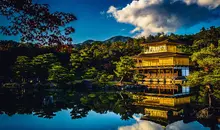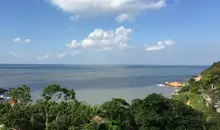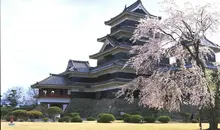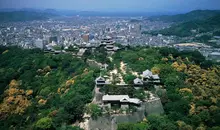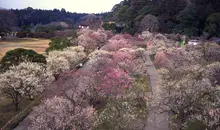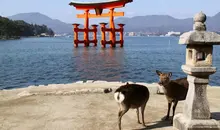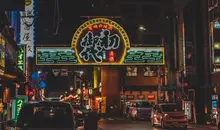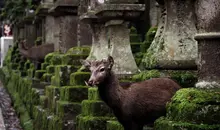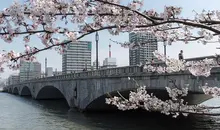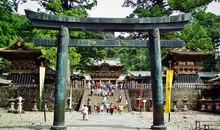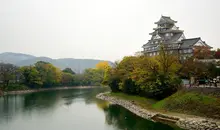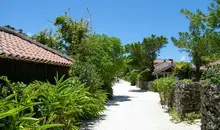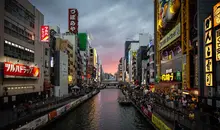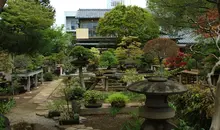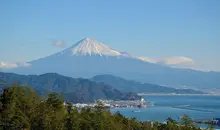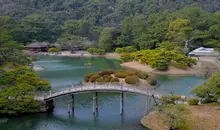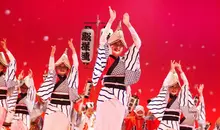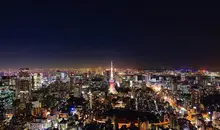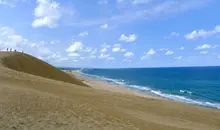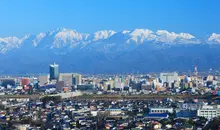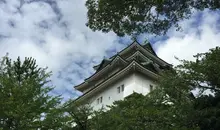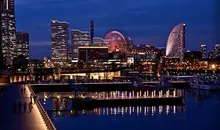Discover the fascinating culture and stunning landscapes of the Oki Islands in Japan
- Published on : 13/01/2024
- by : EP
- Youtube
Local Time 10:41
Symbol : cloudy_rainy
Temp : 6.8°C
Date : Sunday
Symbol : cloudy_rainy
Temp : 7.8°C
Date : Today
Symbol : sunny_cloudy
Temp : 9.6°C
Date : Tomorrow
Symbol : cloudy_rainy
Temp : 9.7°C
Date : Wednesday
Local Time 10:41
Symbol : cloudy_rainy
Temp : 6.8°C
Date : Sunday
Symbol : cloudy_rainy
Temp : 7.8°C
Date : Today
Symbol : sunny_cloudy
Temp : 9.6°C
Date : Tomorrow
Symbol : cloudy_rainy
Temp : 9.7°C
Date : Wednesday
The Oki Islands are a hidden gem in the Sea of Japan, offering a unique blend of natural beauty, rich history, and authentic local traditions. Visitors can immerse themselves in the pristine environment, explore ancient temples and shrines, and savor delicious regional cuisine. The islands provide a perfect escape from the hustle and bustle of modern life, allowing travelers to reconnect with nature and experience the essence of rural Japan.
Nearest Airport
Oki Airport (OKI)
Located on Dogo Island
Nearest Ports
Saigo Port
Hishiura Port
Beppu Port
Districts
Kuniga Coastline, Nishinoshima
Fishing Village, Nakanoshima
Candle Rock, Dogo
Uncover the breathtaking natural wonders of the Oki archipelago
The Oki Islands boast an array of stunning natural landscapes that will leave visitors in awe. The rugged coastlines are dotted with towering cliffs, mysterious sea caves, and unique rock formations sculpted by the forces of nature over millions of years. One of the most iconic sights is the Candle Island, a slender sea stack that resembles a lit candle when silhouetted against the setting sun. Hikers can explore the lush forests, home to ancient Japanese cedars and a diverse range of flora and fauna, including the rare Oki salamander. The islands' crystal-clear waters are perfect for snorkeling and scuba diving, offering a glimpse into the vibrant underwater world teeming with colorful fish and coral reefs.
Delve into the rich history and cultural heritage of the Oki Islands
The Oki Islands have a fascinating history dating back over 1,300 years. During the Heian Period, the islands served as a place of exile for political dissidents and disgraced nobility, including two emperors. Visitors can explore the remnants of this past at sites like the Oki Kokubun-ji Temple, which was founded in 741 AD. The islands are also home to numerous Shinto shrines and Buddhist temples, each with its own unique architecture and spiritual significance. One of the most notable is Tamawakasu-mikoto Shrine, which houses a sacred tree believed to be over 2,000 years old. The Oki Islands' traditional villages, with their thatched-roof houses and narrow streets, offer a glimpse into the timeless way of life that has endured for centuries.
Experience the warm hospitality and authentic local lifestyle of the islanders
The people of the Oki Islands are known for their warm hospitality and welcoming nature. Visitors can experience the authentic local lifestyle by staying at a traditional minshuku, a family-run guesthouse where you can enjoy home-cooked meals and interact with your hosts. Participate in hands-on activities like fishing with local fishermen, learning to make traditional crafts, or helping with agricultural tasks such as rice planting or harvesting. Attend one of the many festivals held throughout the year, such as the Gorei-furyu Festival, where horseback riders in samurai armor compete in a thrilling race, or the Yurahime Shrine Festival, which features a procession of colorful boats. These experiences offer a genuine connection with the local community and a deeper understanding of the islands' unique culture.
Indulge in the delectable regional cuisine and fresh seafood specialties
The Oki Islands are a paradise for food lovers, with an abundance of fresh seafood and regional specialties. Savor the famous Oki beef, a succulent and flavorful variety of wagyu cattle raised on the islands' lush pastures. Sample the local specialty, sazae, a type of sea snail that is often served grilled or in a savory curry. Indulge in the islands' renowned rock oysters, which are prized for their size and flavor, and can be enjoyed raw, grilled, or in a variety of dishes. Try the local sake, brewed using the islands' pristine spring water and high-quality rice. With a focus on fresh, locally-sourced ingredients and traditional cooking methods, the cuisine of the Oki Islands is sure to delight your taste buds and leave you craving more.
Embark on exciting outdoor adventures and recreational activities
The Oki Islands offer a wide range of outdoor activities for adventure seekers. Explore the rugged coastline by sea kayak, navigating through hidden coves and sea caves while admiring the stunning rock formations. Go snorkeling or scuba diving in the crystal-clear waters, encountering vibrant coral reefs and a diverse array of marine life. Hike the scenic trails that wind through the islands' lush forests and along the dramatic cliffs, taking in breathtaking views of the Sea of Japan. Try your hand at fishing, either from the shore or by joining a local fishing boat, and experience the thrill of catching your own dinner. For a more leisurely pace, cycle around the islands, stopping at picturesque villages, secluded beaches, and scenic viewpoints along the way. With so many exciting activities to choose from, the Oki Islands are a perfect destination for those seeking a mix of adventure and relaxation.
Discover the spiritual significance of ancient temples and sacred sites
The Oki Islands are steeped in spirituality, with numerous ancient temples and sacred sites that hold deep significance for the local community. Visit the Oki Kokubun-ji Temple, one of the oldest temples in Japan, founded in 741 AD. Explore the temple grounds, admire the intricate architecture, and learn about its role in the spread of Buddhism throughout the islands. Journey to the Mizuwakasu Shrine, a sacred site believed to have been established over 1,200 years ago. Participate in the shrine's unique ritual, where visitors can purify themselves by standing under a natural waterfall that flows through the shrine grounds. Discover the hidden gem of Nishinoshima Island, Yurahime Shrine, nestled in a tranquil forest setting. This ancient shrine is dedicated to the goddess of the sea and is known for its intricate carvings and peaceful atmosphere. By visiting these spiritual sites, you can gain a deeper understanding of the islands' rich cultural heritage and the enduring faith of the local people.
Unwind and rejuvenate in the serene atmosphere of the Oki Islands
The Oki Islands provide the perfect setting for a relaxing and rejuvenating getaway. Escape the stresses of daily life and immerse yourself in the tranquil beauty of the islands. Take a leisurely stroll along the pristine beaches, feeling the soft sand beneath your feet and the gentle sea breeze on your skin. Soak in the natural hot springs, known for their therapeutic properties and stunning ocean views. Indulge in a traditional Japanese massage, allowing the skilled hands of local therapists to melt away your tensions. Practice yoga or meditation in the peaceful surroundings of a centuries-old temple, finding inner balance and clarity. As the sun sets, unwind at a cozy beachside bar, sipping on a refreshing cocktail while watching the vibrant colors paint the sky. With its slow pace of life, breathtaking natural beauty, and welcoming community, the Oki Islands offer the perfect sanctuary for those seeking to recharge their mind, body, and soul.
Plan your perfect trip: transportation, accommodation, and practical tips
Planning your trip to the Oki Islands is easier than you might think. The islands are accessible by both air and sea, with regular flights from Osaka and Izumo to Oki Airport on Dogo Island, and ferries departing from Matsue and Sakaiminato on the mainland. Once on the islands, renting a car is the most convenient way to explore, allowing you to visit remote attractions and scenic spots at your own pace. For those who prefer public transportation, there are bus services available on the larger islands. When it comes to accommodation, the Oki Islands offer a range of options to suit every budget and preference. Stay in a traditional minshuku, where you can experience authentic local hospitality and delicious home-cooked meals. For a more luxurious stay, opt for a modern resort or hotel, many of which offer stunning ocean views and top-notch amenities. Don't forget to pack essentials like sunscreen, insect repellent, and comfortable walking shoes, as well as a Pocket WiFi device to stay connected during your trip. By following these practical tips and allowing yourself plenty of time to explore, you'll be well on your way to discovering the magic of the Oki Islands.
Stay connected during your trip
Our tours in Discover the fascinating culture and stunning landscapes of the Oki Islands in Japan
Interested by Discover the fascinating culture and stunning landscapes of the Oki Islands in Japan
Discover other cities to explore
